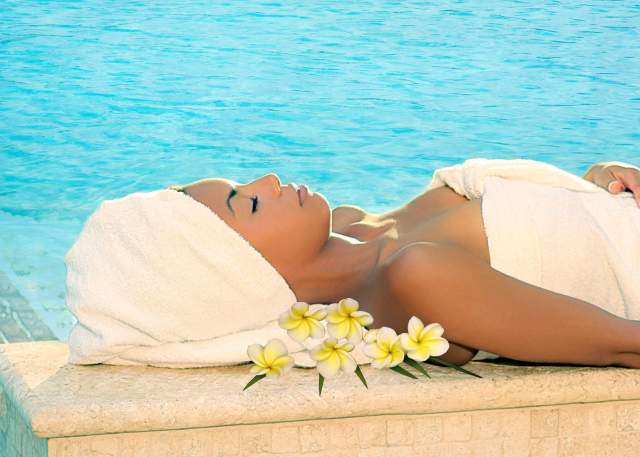
Reflexology, an old healing practice that goes back thousands of years, has actually gotten significant popularity in current years as a complementary treatment for promoting overall health and wellness and well-being. This alternative technique to health is based on the concept that details points on the feet, hands, and ears match to different body organs and systems within the body. By using pressure to these points, professionals aim to alleviate different ailments and recover balance to the body.
Reflexology foot graph showing stress factors, watercolor style The origins of reflexology can be traced back to old civilizations, consisting of Egypt and China. In reality, hieroglyphics found in the burial place of an Egyptian medical professional called Ankhmahor, dating back to 2330 BC, illustrate what seems a reflexology treatment. In typical Chinese medication, the concept of qi (vital force energy) flowing via meridians in the body shares similarities with the concepts of reflexology.
Modern reflexology, as we understand it today, was established in the early 20th century by Dr. William Fitzgerald, an American ear, nose, and throat expert. He introduced the principle of “area treatment,” which divides the body right into 10 vertical areas. This work was further fine-tuned by Eunice Ingham, commonly referred to as the “mom of contemporary reflexology,” that mapped out the reflexology points on the feet that correspond to numerous body organs and body parts.
The core belief in reflexology is that by using stress to specific points, practitioners can promote the body’s natural recovery procedures. As an example, applying pressure to a factor on the foot that corresponds to the liver is believed to promote and improve liver function. While scientific proof sustaining these cases is restricted, many individuals report experiencing advantages from reflexology treatments.
Some of the possible benefits of reflexology consist of:
Anxiety decrease and leisure Improved flow Pain relief Enhanced rest high quality Boosted immune system function Improved food digestion Increased energy levels During a normal reflexology session, the practitioner will certainly begin by checking out the feet, hands, or ears for any type of problems or tender locations. They will after that make use of different strategies, including thumb and finger strolling, hook and back-up, and rotation on toes, to use stress to particular response factors. The stress applied can range from gentle to company, relying on the person’s demands and level of sensitivity.
It’s crucial to note that while reflexology can be an advantageous complementary therapy, it must not be made use of as an alternative for traditional clinical treatment. Constantly consult with a health care professional prior to beginning any kind of brand-new treatment, specifically if you have existing health problems or are expecting.
As passion in alternate and alternative treatments continues to expand, reflexology has actually located its area in medical spas, wellness centers, and even some healthcare facilities. Many individuals incorporate regular reflexology sessions right into their self-care routines, discovering it to be a relaxing and rejuvenating experience.
Whether you’re looking for relief from a certain disorder or merely aiming to enhance your general well-being, reflexology uses a gentle, non-invasive technique to health and wellness and healing. By discovering the elaborate connections in between reflex points and the body’s systems, this ancient technique proceeds to intrigue and benefit individuals around the globe, linking the gap between typical knowledge and modern-day health techniques.
派遣リフレ revealing pressure points, watercolor style The origins of reflexology can be mapped back to old people, including Egypt and China. In typical Chinese medication, the idea of qi (life force energy) moving through meridians in the body shares resemblances with the principles of reflexology.
This job was further fine-tuned by Eunice Ingham, frequently referred to as the “mother of modern reflexology,” who mapped out the reflexology factors on the feet that match to different organs and body parts.
The core belief in reflexology is that by applying pressure to details points, professionals can boost the body’s all-natural healing processes.
19 October, 2024
0 Comments
1 category
Category: Blog
